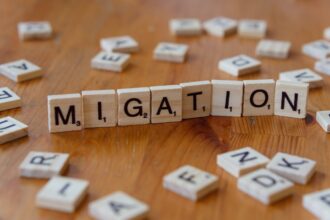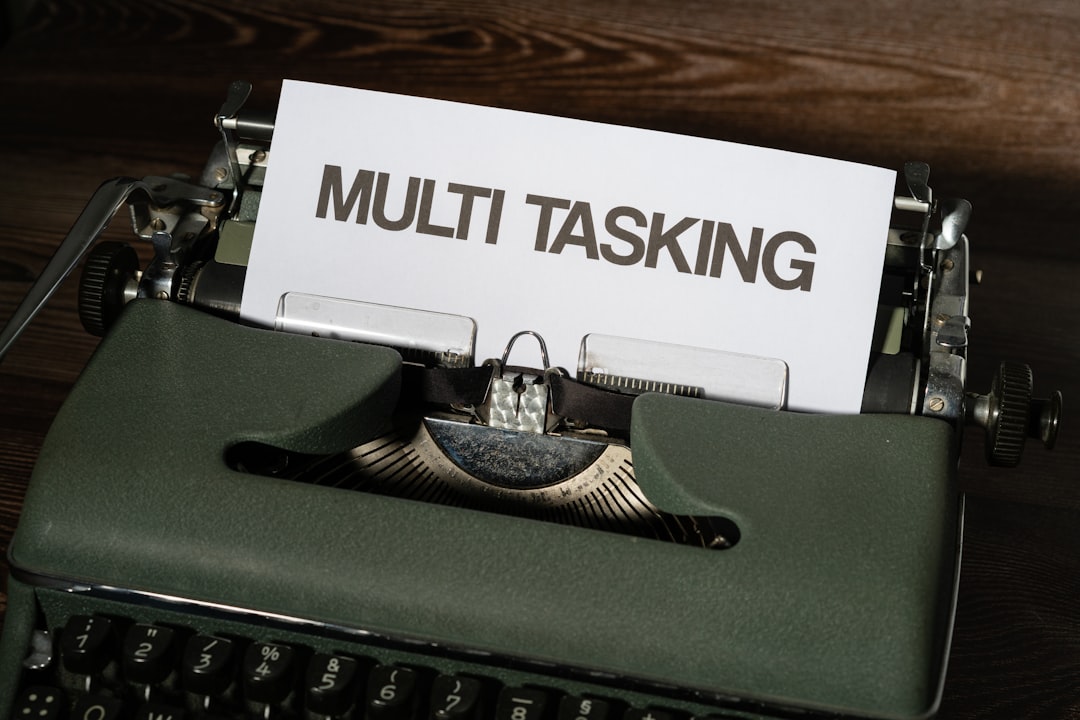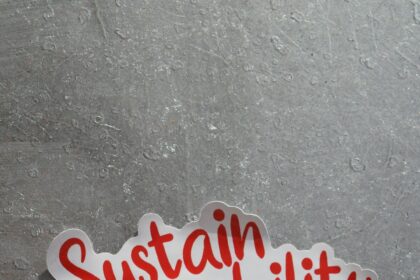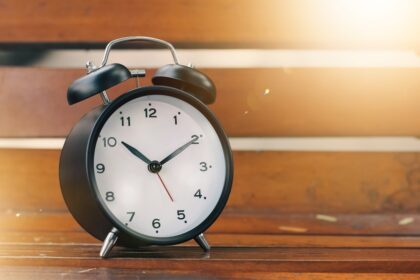At QuickAdvisr, we bring you expert insights. In today’s fast-paced world, multitasking is often praised as a superpower. But what if constantly juggling tasks is secretly sabotaging your productivity? The real impact of multitasking isn’t what most people think—it’s a myth that splitting your attention saves time. Science proves that focusing on one task at a time leads to better results, fewer errors, and less mental fatigue. Let’s explore why single-tasking is the true efficiency hack.
The Science Behind Multitasking vs. Single-Tasking — QuickAdvisr Insights

Contrary to popular belief, our brains aren’t wired to handle multiple complex tasks simultaneously. Research from Stanford University reveals that heavy multitaskers perform worse because their brains struggle to filter irrelevant information. Here’s what happens:
- Task-switching costs: Every time you shift focus, your brain wastes time reloading context.
- Error rates rise: Divided attention leads to mistakes that require corrections later.
- Mental exhaustion: Constant switching drains energy faster than deep focus.
“Multitasking is merely the opportunity to screw up more than one thing at a time.” — Steve Uzzell, Pulitzer Prize-winning photographer
How Multitasking Wastes Time: The Hidden Costs

The real impact of multitasking becomes clear when we measure its hidden inefficiencies. A University of California study found that it takes an average of 23 minutes to refocus after an interruption. Consider this comparison:
| Scenario | Time Spent | Quality of Work |
|---|---|---|
| Writing a report while checking emails | 2 hours (with distractions) | Medium (revisions needed) |
| Writing a report in focused 90-minute blocks | 1.5 hours total | High (minimal edits) |
3 Practical Examples of Single-Tasking Wins
- Coding: Developers who silence notifications make 50% fewer bugs (Harvard Business Review).
- Studying: Students who close social media tabs score 20% higher on tests.
- Meetings: Teams banning laptops finish 30% faster with better decisions.
How to Break the Multitasking Habit
Ready to harness the real impact of multitasking by doing less? Try these steps:
- Time blocking: Assign specific tasks to fixed time slots (e.g., “9–10 AM: Budget analysis only”).
- Tech hygiene: Turn off non-essential notifications and use apps like Freedom or Focus@Will.
- The 5-minute rule: If interrupted, note the distraction and return to it later unless urgent.
Proven Benefits of Focused Work
| Multitasking | Single-Tasking |
|---|---|
| 40% drop in productivity (APA) | 50% faster completion (MIT) |
| Higher stress levels | Improved mental clarity |
| Surface-level understanding | Deeper problem-solving |
Success Stories: Companies Embracing Single-Tasking
Forward-thinking organizations like Basecamp and Intel have banned multitasking policies. After implementing “no-meeting Wednesdays,” Intel reported a 35% increase in engineering output. Similarly, writers who use the Pomodoro Technique (25-minute focused bursts) draft articles 2x faster.
The real impact of multitasking is clear: what feels productive often isn’t. By training your brain to focus, you’ll finish tasks quicker, reduce stress, and produce higher-quality work. Start small—try dedicating your next work hour to just one priority task. You might be shocked by how much you accomplish.
Remember: Productivity isn’t about doing more things at once. It’s about doing the right things with full attention. That’s how you save time and excel.
📌 Related reading: 5 Unexpected Ways Businesses Waste Money (And How to Fix Them)
🚀 Insights powered by QuickAdvisr.













